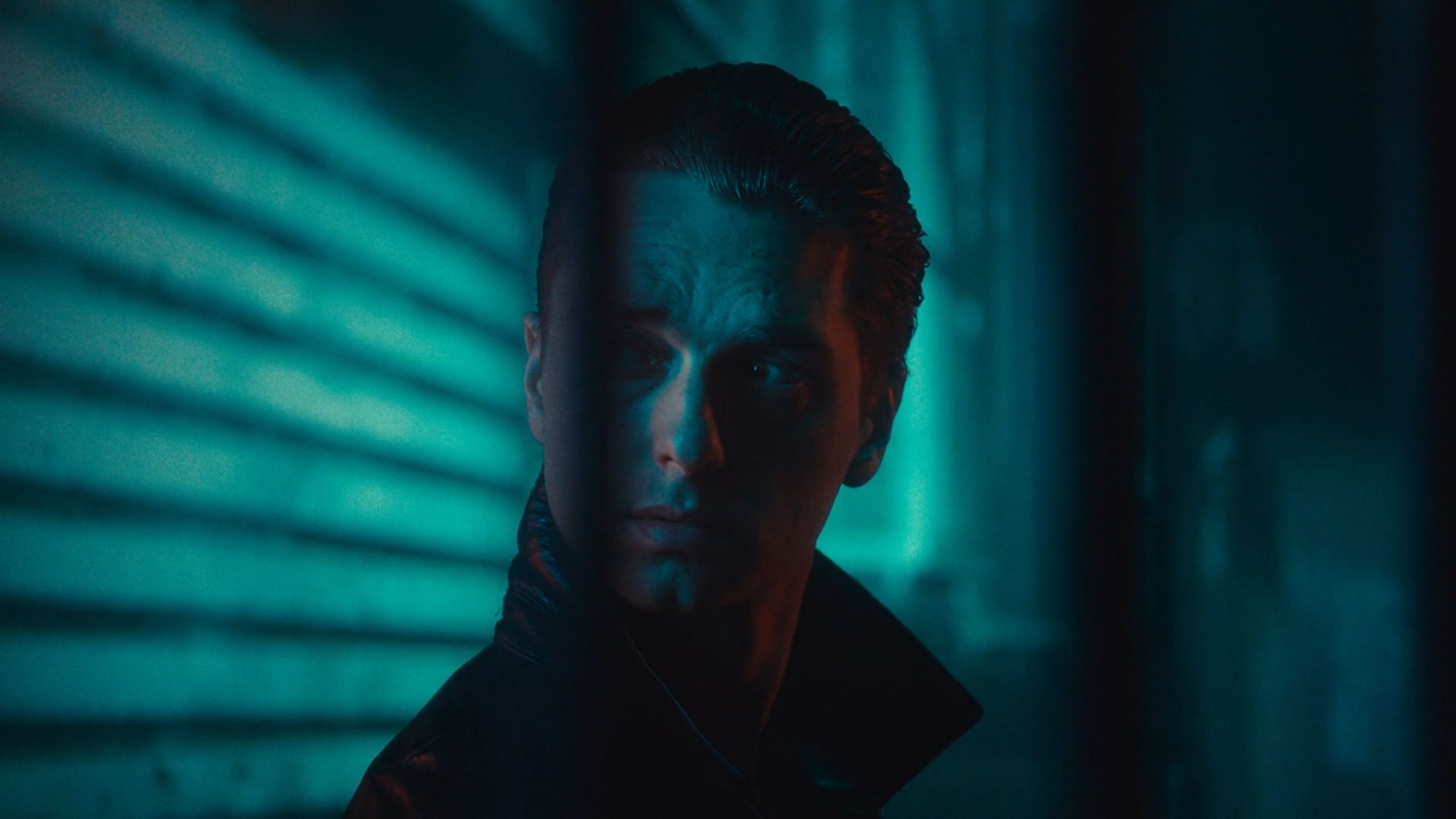
Alejandro Read more
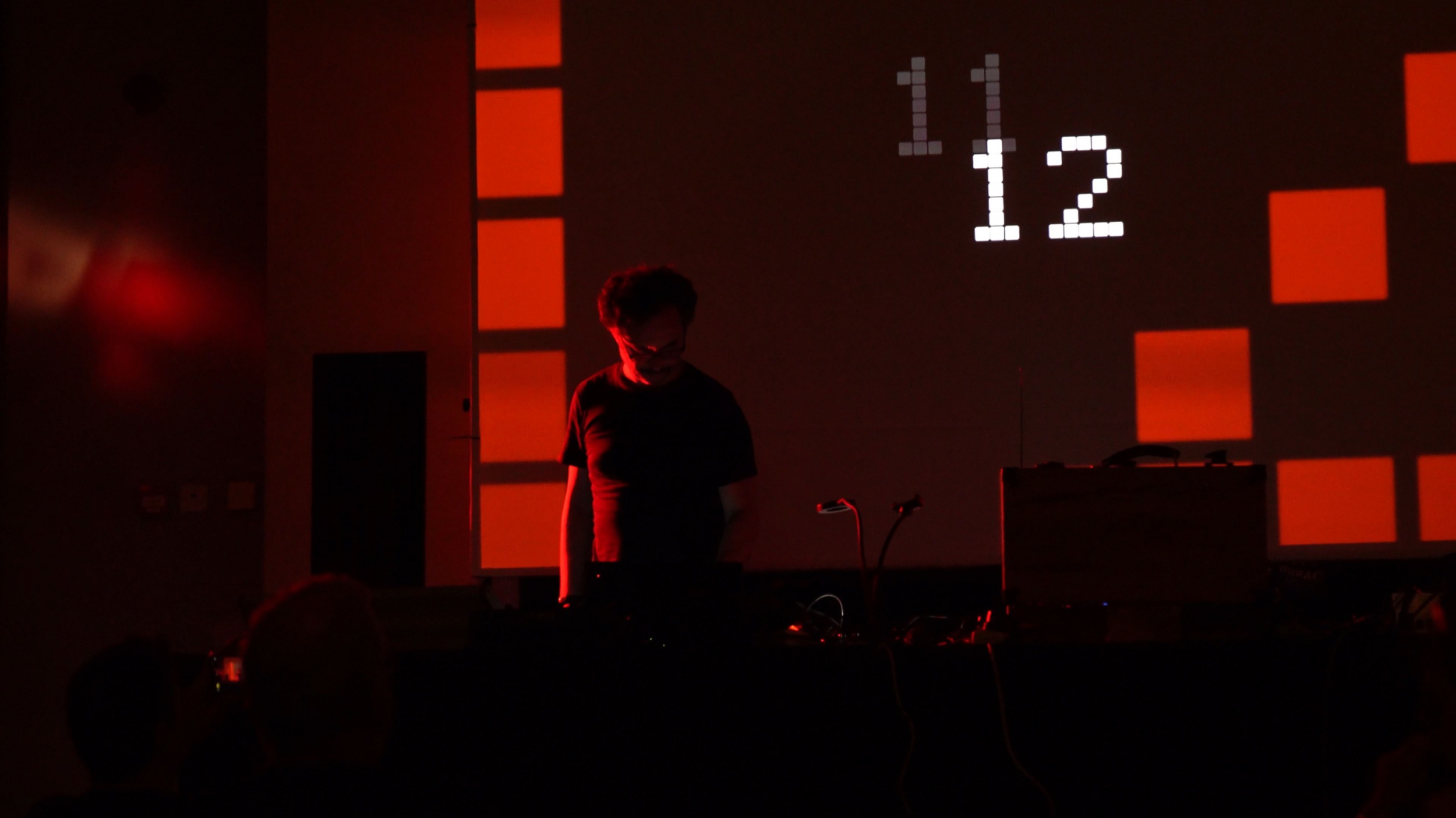
The who solved the man world Read more

Selektor Read more
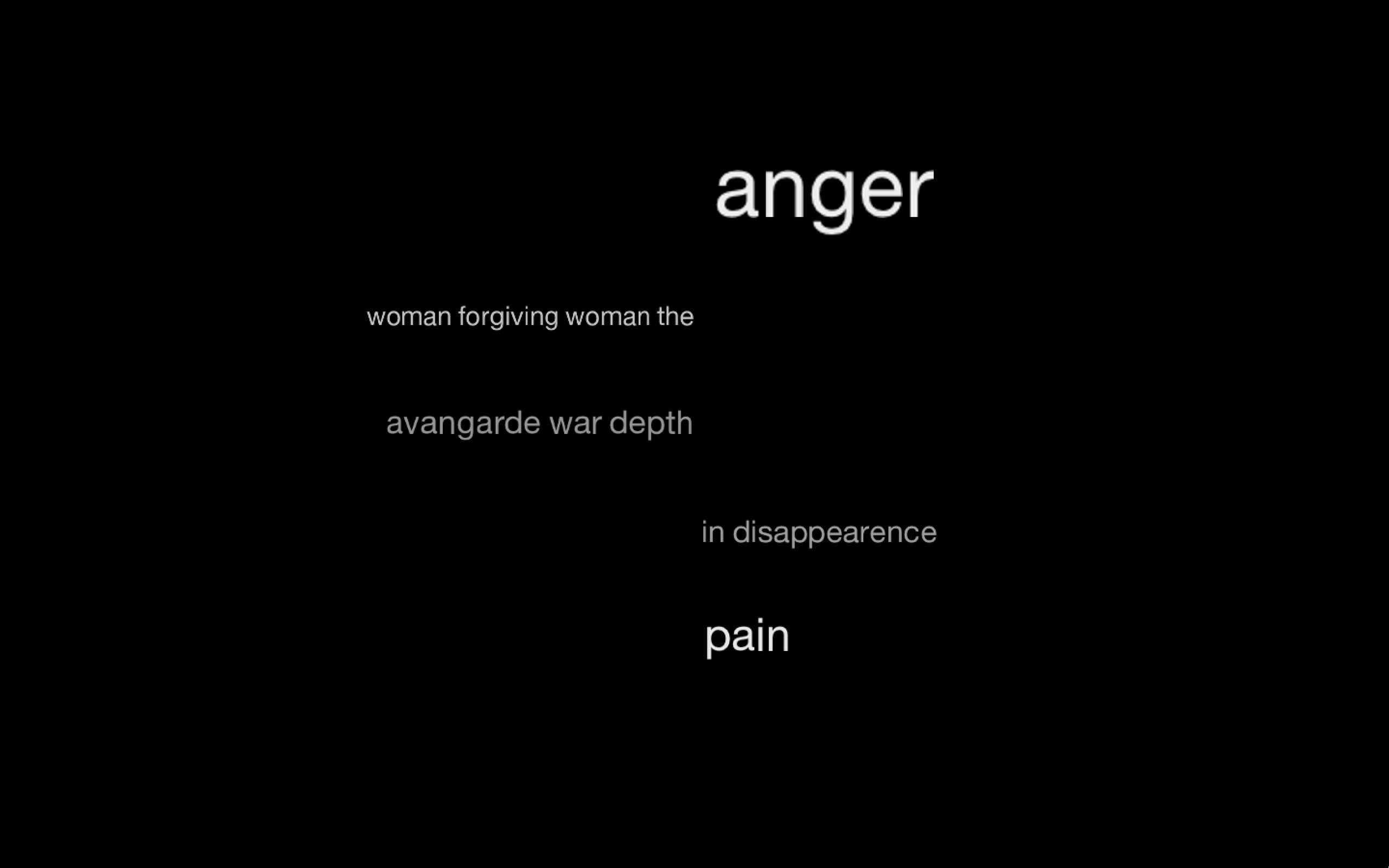
Generative Spells Read more
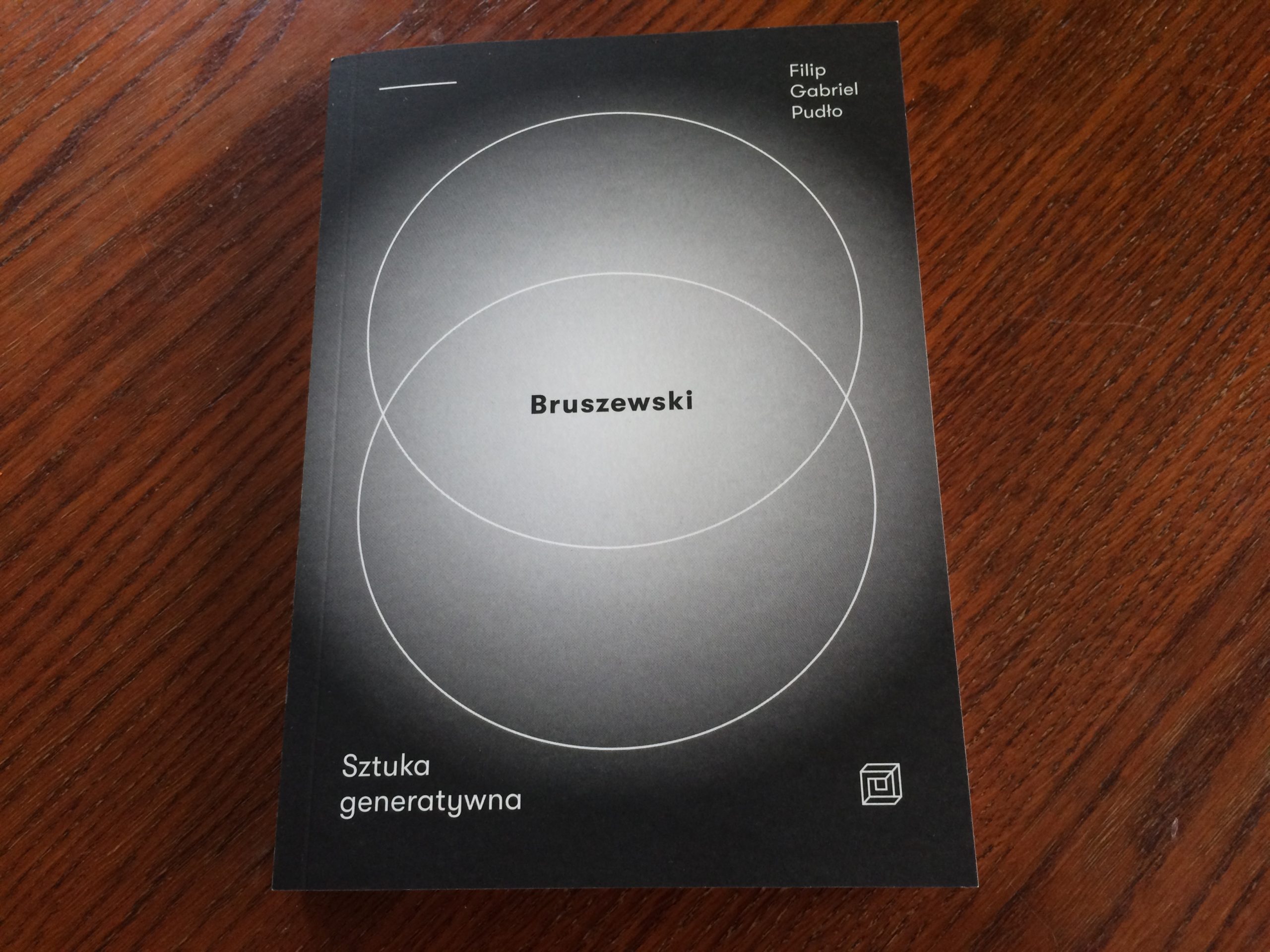
Bruszewski. Generative Art Read more

Real time images #5 Read more
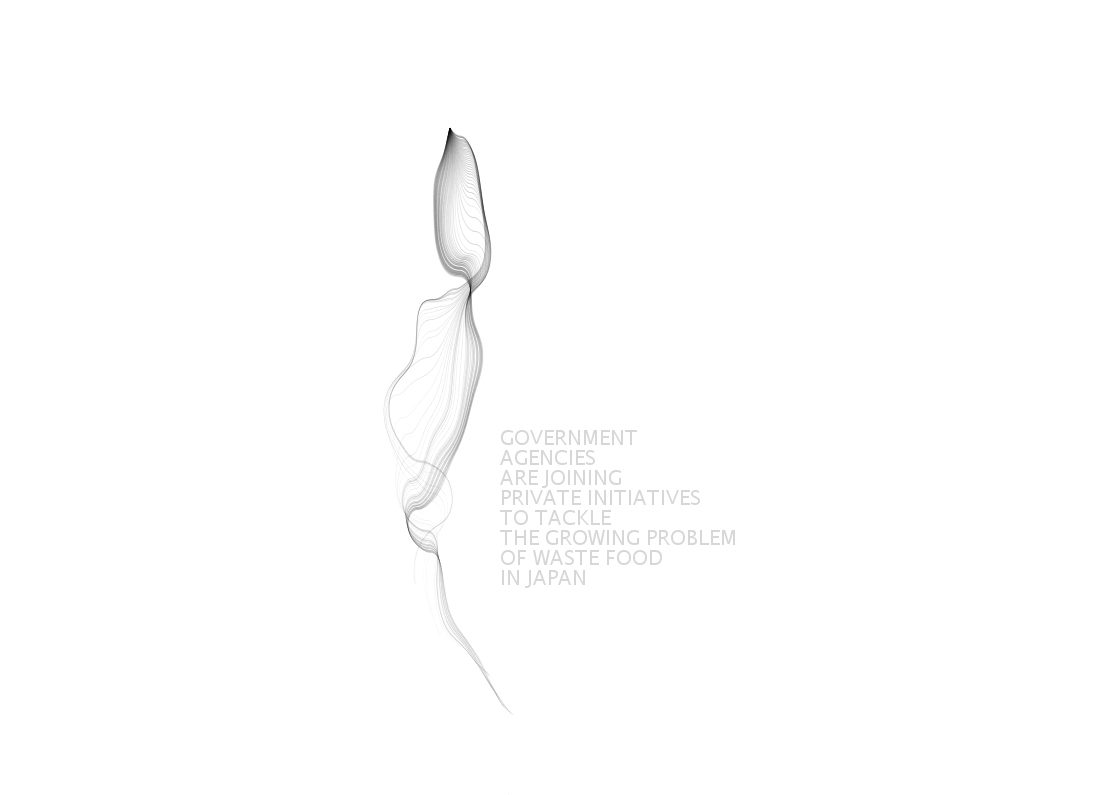
Real time images #3 Read more

Real time images #2 Read more

Real time images #1 Read more
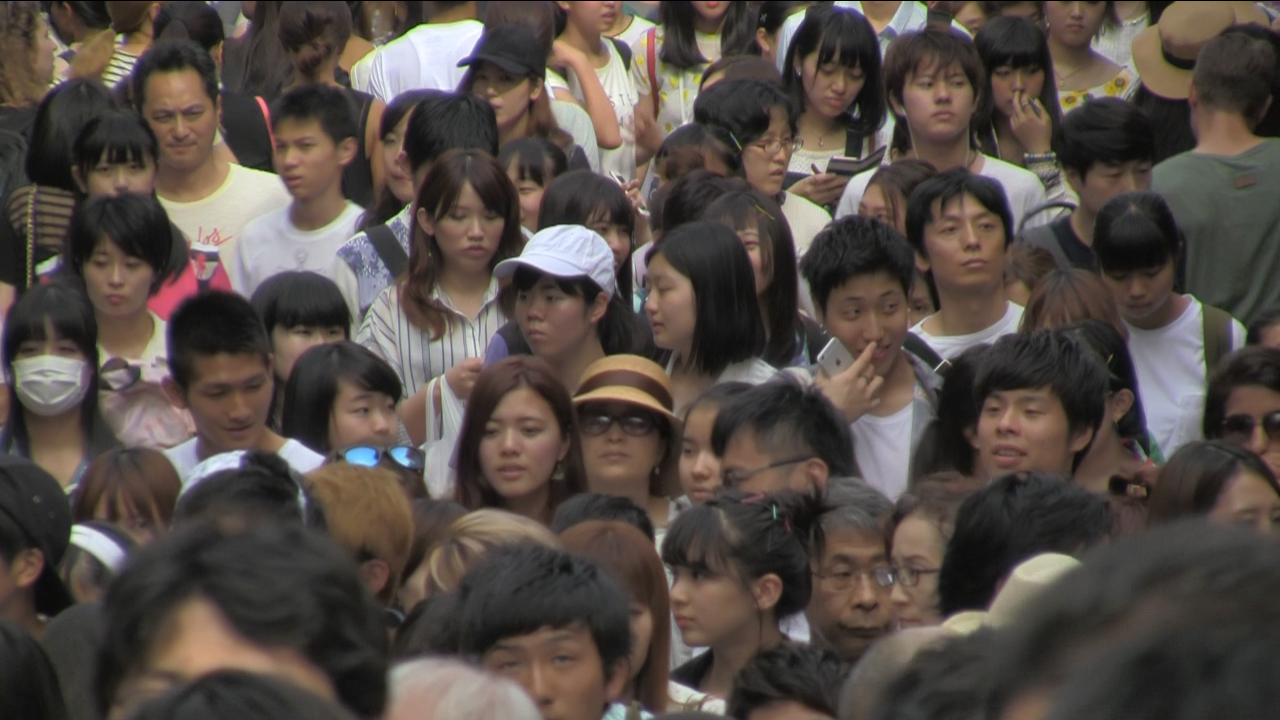
Big Data Test 1 Read more

Generative Film Read more

New Heuristics Read more
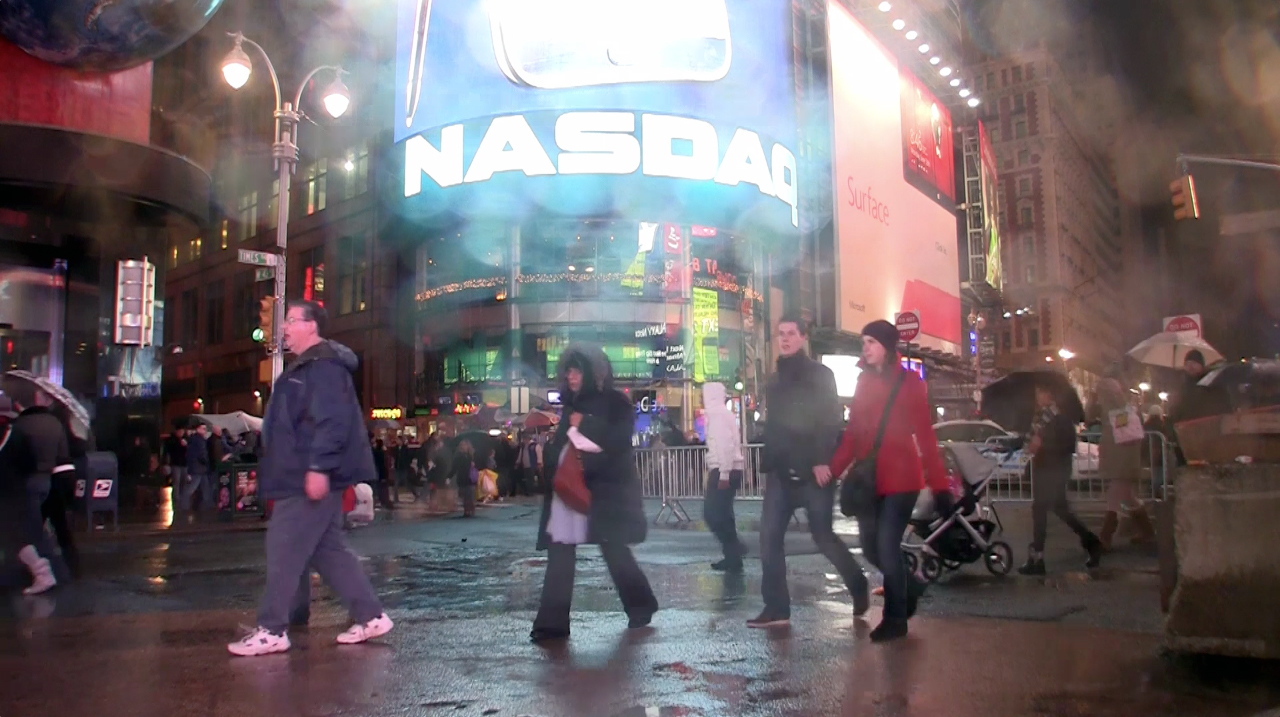
Untitled Read more
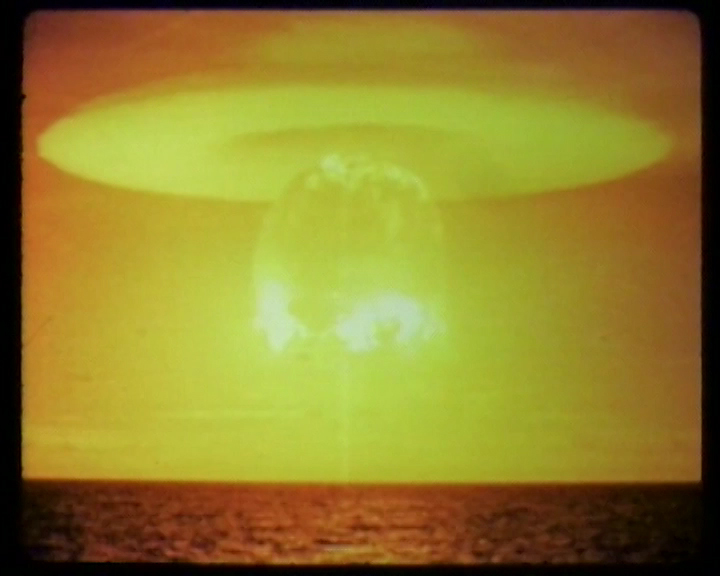
Operation Castle Read more
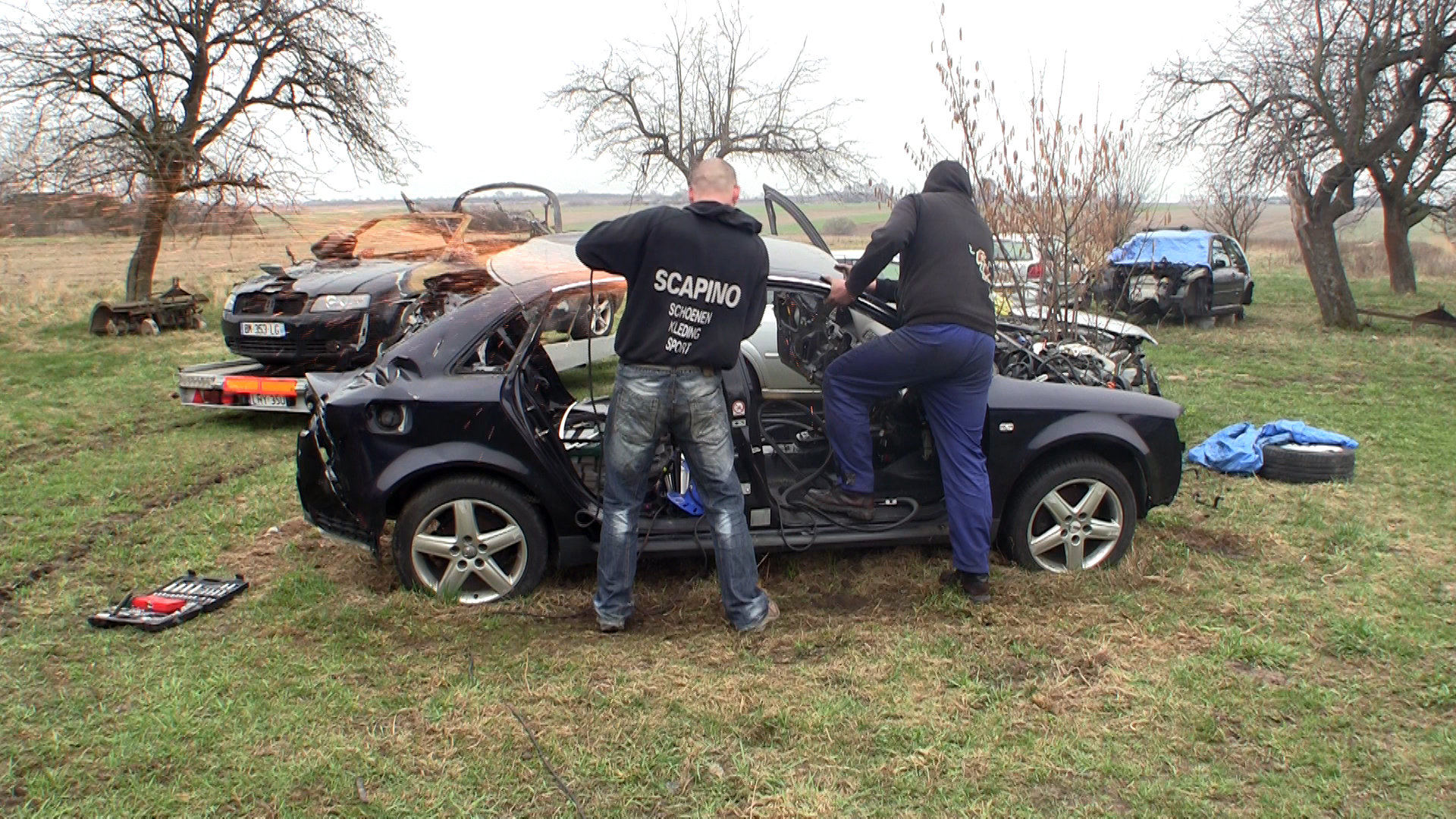
Automotive Read more
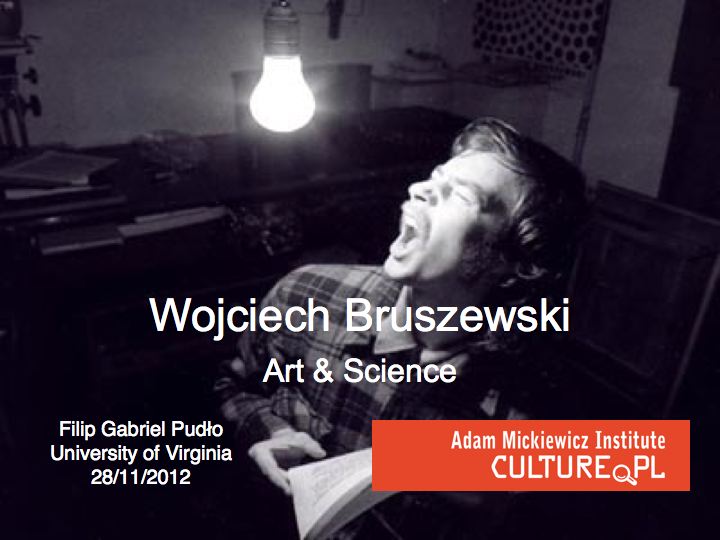
Bruszewski Read more
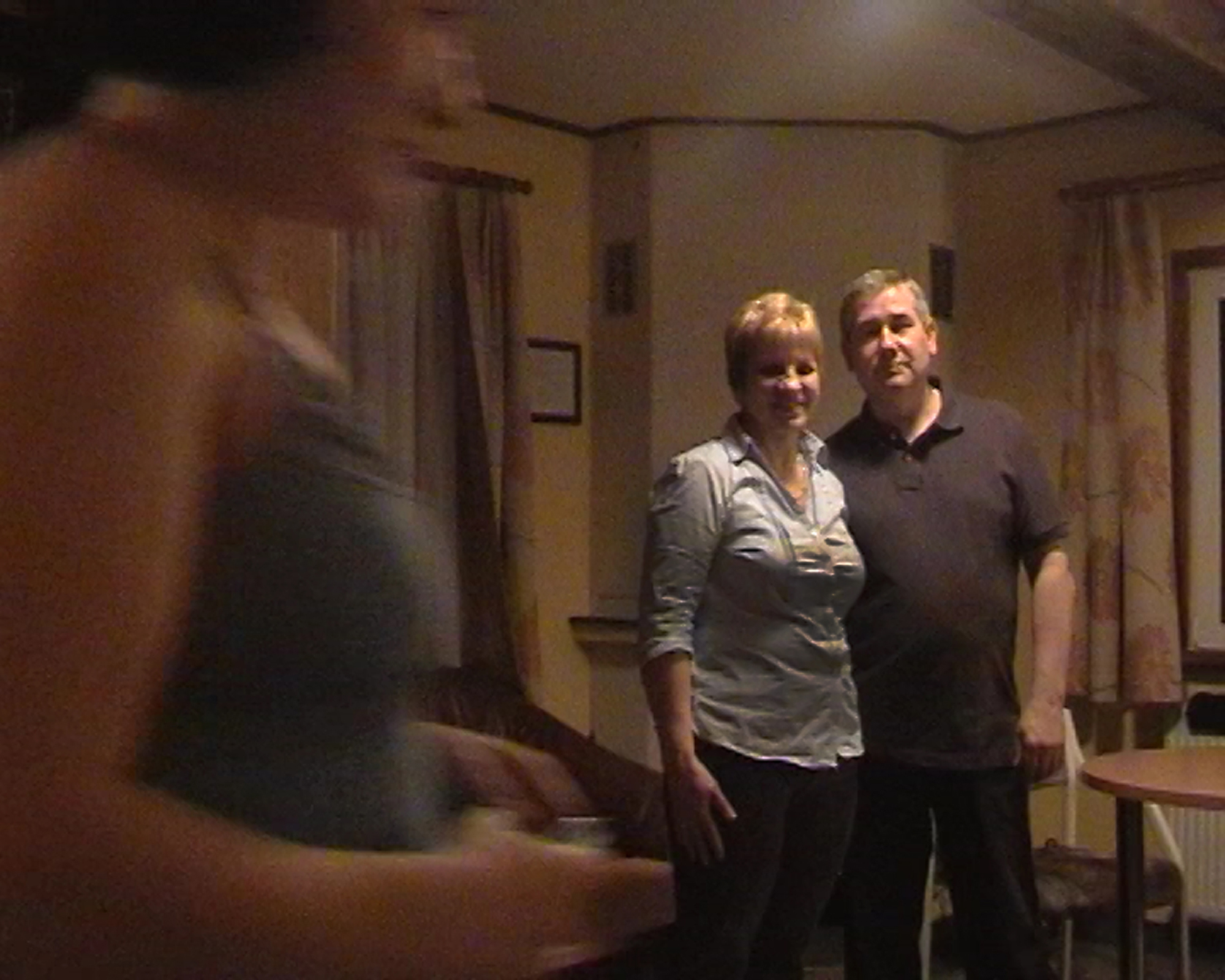
The Collection Read more










